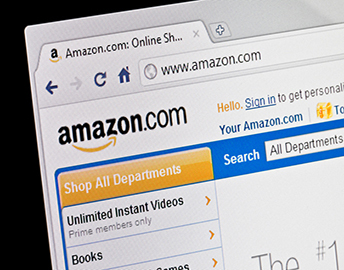The threat to distribution is real and here to stay. This article, the first in a three-part series, examines the threats that Amazon poses and where you should – and shouldn’t – try to compete.
In 2017, more than 40 percent of all online sales in the United States will go through Amazon. Traditional retailers that sell everything from motorcycle gear to general merchandise to fashion apparel feel the pressure. Iconic companies like Sears are supposedly on the verge of going out of business and even Walmart acknowledged Amazon’s growing threat by paying $3 billion for Jet.com, a company that had never turned a profit but could act as a foundation for future e-commerce pursuits.
To some degree, this is all just history playing out all over again. Many years ago, Sears, Roebuck & Co. wiped out countless local general merchandise stores. Various companies have dominated general retail since then, so the emergence of Amazon is nothing new.
Or is it? This battle feels different because it is different. As those of us in B2B distribution know, Amazon poses a big threat in channels where previous retail stalwarts never ventured. The company is competing with everyone – Best Buy in electronics, Google and Apple in artificial intelligence, 20th Century Fox in entertainment, McKesson in pharmaceuticals, Apple and Netflix in media distribution. It is even wielding devices like the Kindle against hardware from Google, Apple, Samsung and Motorola.
To read the rest of this article plus much more analysis of the threat distribution faces with Amazon Business, click here to download our free report, Your Amazon Business Playbook.


